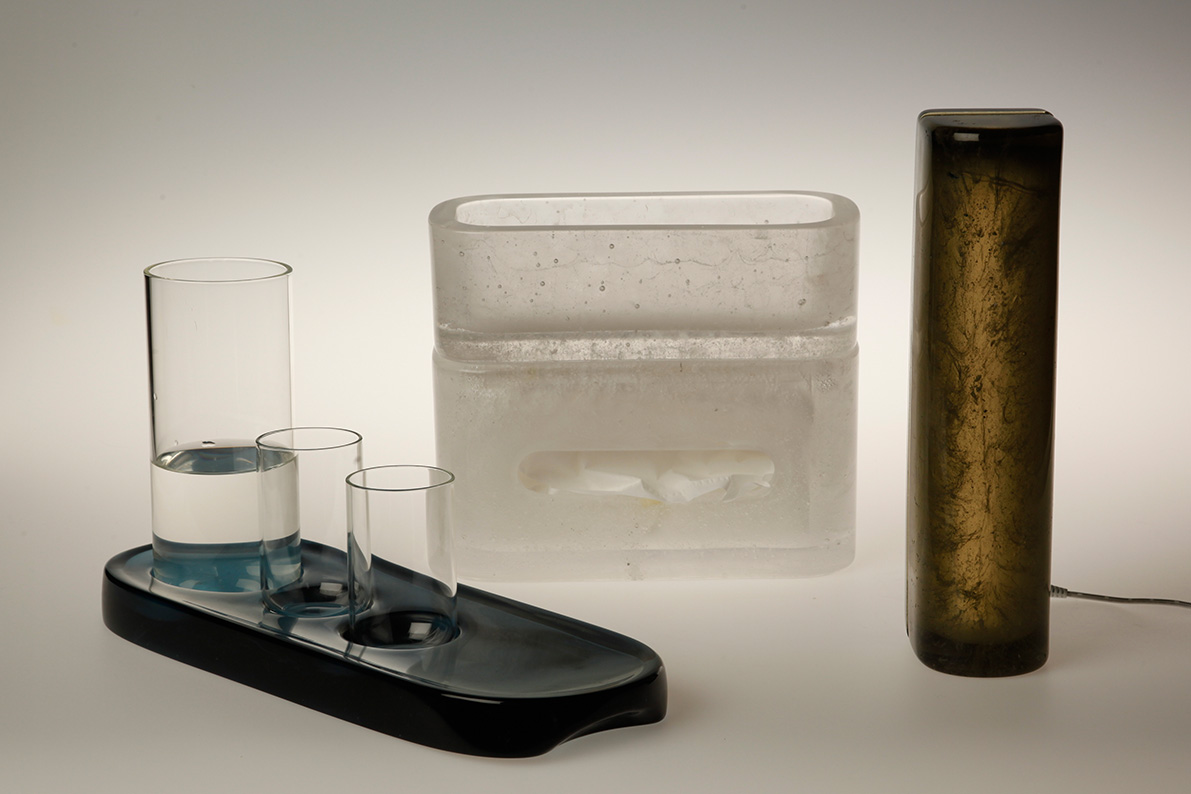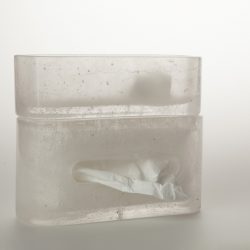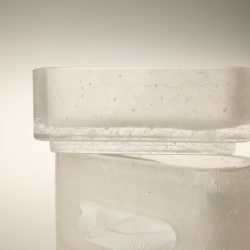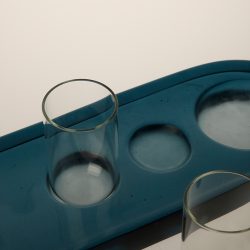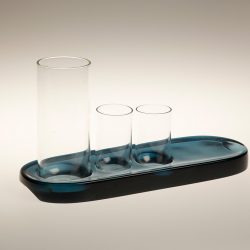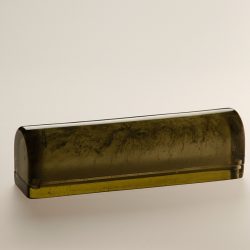Das Therapeutenzimmer
Description
The resulting products are representatives of the three essential components of most therapy rooms. The patient was transformed into a tissuebox, the therapeutic relationship into a tray and the therapist into a lamp. All three objects are nevertheless everyday objects and function independently of their context as what they are.What is the Topic?
Driven by curiosity about the contents of the inner life, I entered the field of psychotherapy. Simultaneously to the digitalization and socio-ecological transformation we fortunately didn´t forget to explore our psyche. So today we can go to therapy with a clear conscience to find out what is hidden in our inner life. We are all crazy enough to get things off our souls.
Why does it look like this?
The design of the 3 objects focuses on the symbolic language. The symbolic language intends to associate inner experiences, feelings and thoughts with what one perceives. It is a language that has a different logic than the verbalized one. A logic in which time and space are not the dominant categories, but intensity and association. Glass offers a wonderful repertoire of interpretation possibilities. All three objects are made of 15 mm thick glass, whose transparency makes it possible to look inside the material. Pervaded by bubbles and veils, the casted glass stands for the complexity of every human inner life.
What is special?
Tissuebox: crying is a common human reactions, but in therapy it often happens in a different intensity. A tissuebox made out of glass symbolises the high importance of crying in a therapeutic context. Tray: Likewise the therapist and the patient stick together in a story to gain insides, the two identical glasses sink in the tray to different depths. Every relationship implies sharing, although it is water or a thought. The Lamp: As one has the choice to switch a lamp on or off, so does the therapist have the option to respond differently to the narrative. If the patient sees in him the good father he never had, so decides the therapist wether to take on this role or just offers a projection surface. The polished
What is new?
Specific products that are used in the context of psychotherapy do not really exist. Therapists use everyday products and accessories. Only through their function and the metaphorical qualities of the material do the resulting products communicate the actual background of their appearance.

